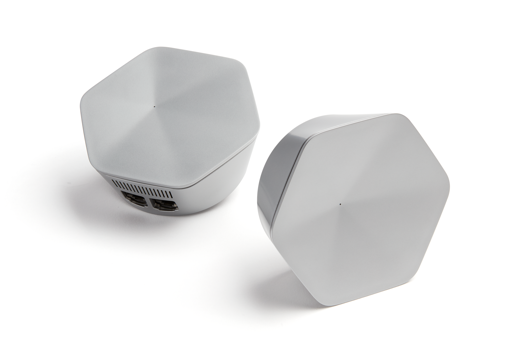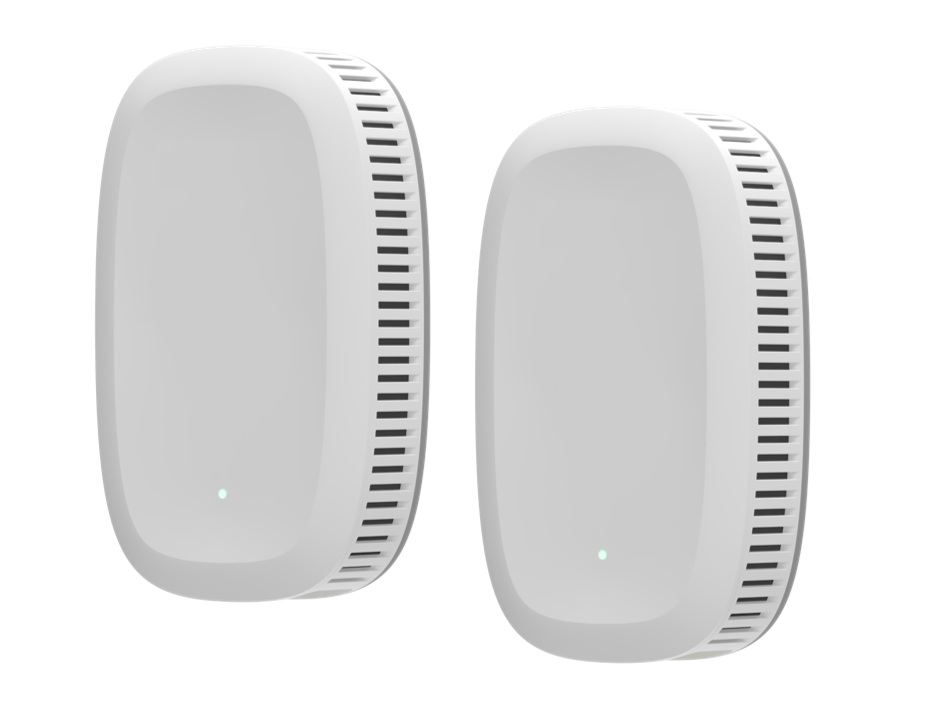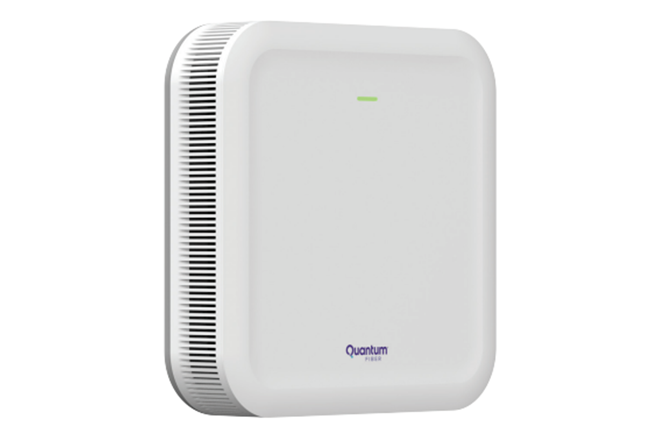Internet connectivity issue on MacBook Pro with Quantum Fiber service
I upgraded to a newer operating system, and that did not help. What else can cause this issue?
[Re-Titled by Moderator]
MacBook Pro 13″, macOS 10.15
I upgraded to a newer operating system, and that did not help. What else can cause this issue?
[Re-Titled by Moderator]
MacBook Pro 13″, macOS 10.15
The internet provider did the installation and connection, brought a new router, and other new equipment. The Quantum installer did all the configuration and installation. Then he had me connect to the new wifi network with my devices, and all seemed to find the new network. Our newer computer (a MacBook Air), my iPad, our iphones, all found the new network, and connected, and stay connected. Just the MacBook Pro, which is a 2017 machine will not hold a connection for very long. How do I check the router settings? If everything else work, it seems like those settings are all correct.
My MacBook Pro is from 2017. I was originally on the Mojave OS when this issue started, and upgraded to Catalina, which was not easy, since the internet on that machine cut in and out during the downloading process, meaning that I had to try over and over to download the entire OS.) This whole issue has been very frustrating! And by the way, before this new installation, the internet worked perfectly on that older machine with its Mojave OS.
I am having an identical issue with my 2017 MacBook. Quantum Fiber was installed Dec 30 and I can’t use my computer longer than 5 min at a time. I’ve tried every single thing I can. QF says they can’t do anything because it’s fine on their end. Have you found a fix?
sblehert wrote:
…Currently the IP address is 192.168.0.8 and the Router is set at 192.168.0.1. Exactly how would I “assign myself a new manual IP address close to but not identical to the current one?”
Here is how to set a manual / static / fixed address on the Mac: Use DHCP or a manual IP address on Mac - Apple Support
The concern with this sort of manual network re-configuration is the local DHCP server might be well-written and adapt to the local network, or it might be poorly written and willing issue duplicates and cause address conflicts. Given that concern, the preferred approach here is to either add a reservation into the DHCP server configuration menu in the DHCP server (in the ISP box), or to entirely shut off the DHCP server in the Wi-Fi device and manually configure addresses.
And what does DHCP actually mean?
DHCP is means of sharing the few available local network addresses among many potential Wi-Fi clients.
Assuming the ISP can’t sort this out with firmware and the rest, I’d be inclined to switch the Quantum gateway / firewall / router / NAT box into to its bridged mode, or to replace the CenturyLink / Quantum Wi-Fi box with an optical network terminal, and replace it with your own. (This switch-over appears feasible, but I’m not sufficiently familiar with CenturyLink / Quantum configurations to be certain this will work. Put differently, somebody local may have to set this up, and it’ll mean you won’t be able to call Quantum for Wi-Fi support. Nit that being able to call has been all that helpful here.)
I don’t see much in the way of manuals for this (apparently) Gemtek W1700K Wi-Fi box, either. Which makes all of this more difficult.
Here you go:
Thanks in advance!
I have run into a new issue...
I was connected to the 5G band and it's been fine but then randomly (this is the second time it's happened), I get this:
Computer was working fine all day and tonight I opened it and I cannot get it to reconnect. Yesterday when it happened, it randomly reconnected but today it won't.
that turns it into an ordinary connection problem. We have ways to pursue that...
By far the easiest way to cause poor performance, instability, overheating and crashing is to install ANY third-party speeder-uppers, Cleaners, Optimizers, or Virus scanners, Bit Torrent, or a VPN that you installed yourself.
¿Are you running anything like that?
Hold down the Option key while you click on the Wi-Fi icon on the menubar to open up the tools for investigating and fixing Wi-Fi issues
First is "Open Wireless diagnostics", which opens the wireless diagnostics Assistant, but does not proceed.
There are about eight different things you can do from here, but the top-level is to choose Diagnostics off the Window menu, or simply click continue, to do a quick check for Gross misconfiguration or operating problems. Your Admin password will be required. If any recommendations are shown, you should consider then seriously.
Next is to hold down the Option key and click the Wi-Fi icon as before. The screen that opens shows operating parameters of your network. Screenshot, transcribe, or photograph the results and post back in a reply on the forums. Looks like this older one.
Here's a photo of the wifi parameters. If it's too blurry to read, I can try to get a clearer image. And unfortunately the image turned from verticle to horizontal. Is this the information you asked for?
Option wifi parameters. Is this what you want to see? Sorry the image turned on its side. If this too blurry to read I can try again. It's a photo, since I couldn't figure out how to take a screenshot of the chart.
Your RSSI (raw signal level is an good -57 dB, where -40 I=s right next to your Router, and -75 is unusably low. so you are NOT too far away form your router.
Using two antennas and a modulation pattern with 64 patterns per signalling interval, you have attained a respectable 527 M bits/secs speed.
You have connected on the 5 GHz band, using an 80 MHz channel centered around channel 35, using 802.11ac rules.
This does not appear to be a Mac hardware issue, and not likely a Router issue.
But if you connection is slowing from time-to-time through the day, or getting even slower and disconnecting, that could be caused by other nearby Routers using the same channel. When they start a big data transfer, it could knock you off the air.
-----------
The usual way we do this with ONE Router and No boosters is the set the Router to "automatic" channel selection. Then when the Router powers up, it listens momentarily to what is already on the air, and adjusts to the least-busy channel.
it is not an accident that every debugging procedure starts with "cycle the power to your Router."
The next level we can use is to use the SCAN tool in Wireless Diagnostics to look around at what is visible over the air around the Mac. This has the advantage of showing what is seen at the Mac, which may be slightly different than what is seen at the Router(s).
this is what it looks like:
(drag and drop on Preview to see larger, or make your own)
Click on the channel column to sort by channel. This tells you the nominal channel in use, but every channel also spreads up and down the channel numbers, depending in its channel width. For example, channel 36 at 80 MHz wide spreads to engulf everything up to channel 48. You may need to look up the spectrum spread with some tables, available online. Or post back here and readers can look those up for you.
Ddepending on what you ordered, you will have a fiber-optic interface that Quantum seems to call a HID, and is essentially permanently mounted on a wall near where the fiber enters your building. it likely has two Ethernet jacks.
an ethernet cable should connect to a modem.
an older model like this one, C4000XG
or one of these, all referred to as 360 WiFi pods for Wi-Fi 5(obsoleote)

Wi-Fi 6,

or Wi-Fi 7:

OR, you could be using your Own Router connected via Ethernet to the HID.
¿Do you have one of these, which one?
It shows that computer is connected to the wifi network, and then it cuts out after a few minutes, and we have to reconnect. I shows that the computer is "looking for networks", when we select our new network, the connection happens, but does not last more than 5 minutes or so.
My MacBook Pro computer will not stay connected to our new wifi service - Quantum Fiber. It connects for a few minutes, and then the connection drops. I have updated the operating system, have spoken to Apple support personnel on the phone several times, and nothing seems to help this problem. Before the internet service last Thursday, one week ago, we had no problems sustaining a connection to the internet on the old service.
We have a new upgraded internet service. I have been in contact with Quantum Fiber, and they say that everything is fine on their end. This is an Apple issue. I have spoken to Apple support on the phone several times, and they cannot figure out why this frequent disconnecting is occurring. Any ideas of what to do?
You upgraded your OS to 10.15 Catalina, is that correct?
What macOS version were your using previously?
What year MacBook Pro do you have?
Did your internet service change include replacing your router?
I assume you have restarted the router during your troubleshooting.
This problem could easily be related to your router settings. Did Quantum have you reset the router's configuration or provide you with the instructions for a proper installation?
I am willing to analyze your Option-Wi-Fi parameters as well, if you just post them. there is a WHOLE LOT that can be told from those parameters.
signal strength, channel assignment, noise detected, transmit rate achieved, and much more can give tremendous insights.
Internet connectivity issue on MacBook Pro with Quantum Fiber service